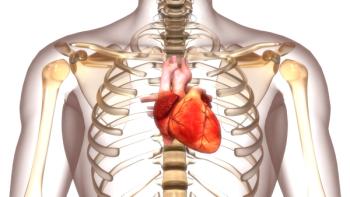
5 tips for a successful RPM program
Drive patient retention with remote patient monitoring.
Value-based care payment models and reimbursement changes from the Centers for Medicare & Medicaid Services (CMS) prompted adoption of remote patient monitoring (RPM) programs in practices nationwide. COVID-19, however, sent that adoption into overdrive with
RPM’s continued growth can be attributed to many reasons. Most significantly, RPM helps improve
Creating an RPM program that drives such engagement can be challenging. Here are five important tips for success.
RPM is here to stay
Adoption and capabilities of consumer-grade health monitoring devices is rapidly advancing. For example, the newest version of the Apple Watch can now detect
Patient engagement with these devices is driving demand for and familiarity with data-driven monitoring of their health, which can work synergistically with an RPM program at your practice. Technology selection is crucial; your program must be able to efficiently manage incoming data and turn it into meaningful information and insight. With an intuitive interface and automated administrative tasks, reminders, and communication, the technology can enable care managers to focus on the highest-need patients to prevent unnecessary care utilization, reducing costs and improving outcomes.
The resulting engagement as well as positive outcomes and financial returns will turn RPM into an indispensable part of your practice.
Matt Racki is Chief Technology Officer at Epion Health.
Newsletter
Stay informed and empowered with Medical Economics enewsletter, delivering expert insights, financial strategies, practice management tips and technology trends — tailored for today’s physicians.








